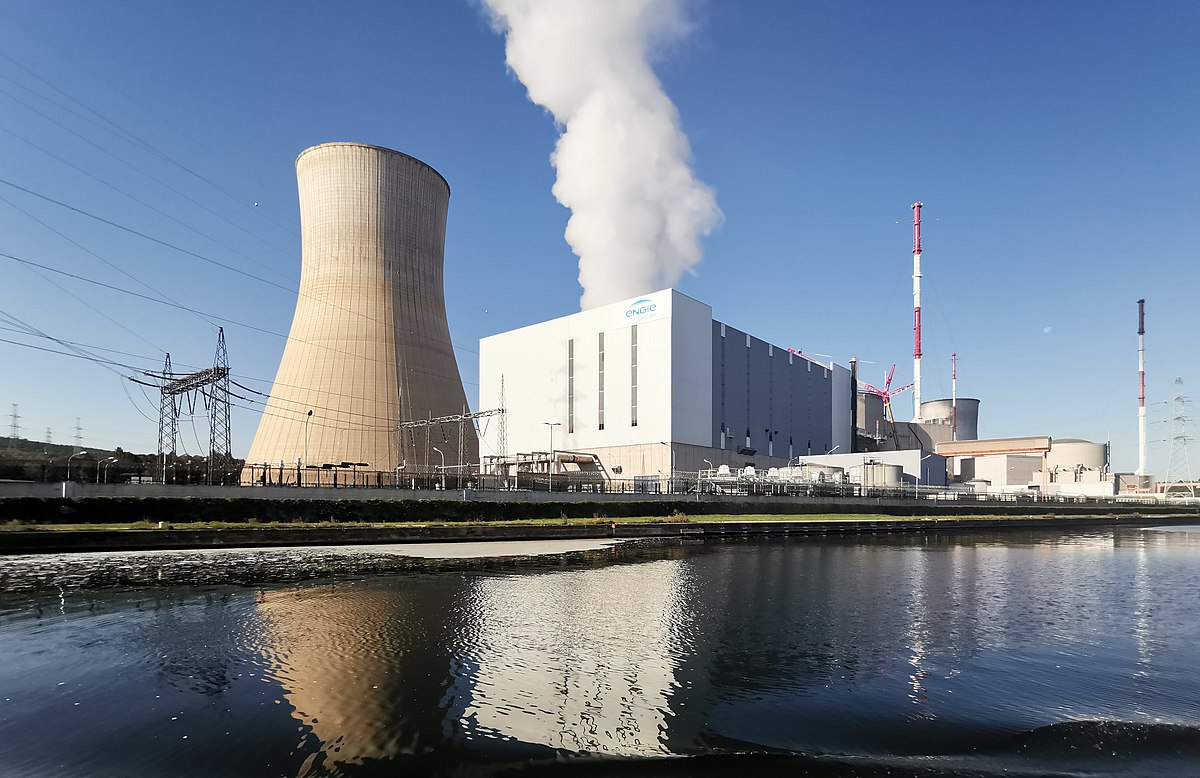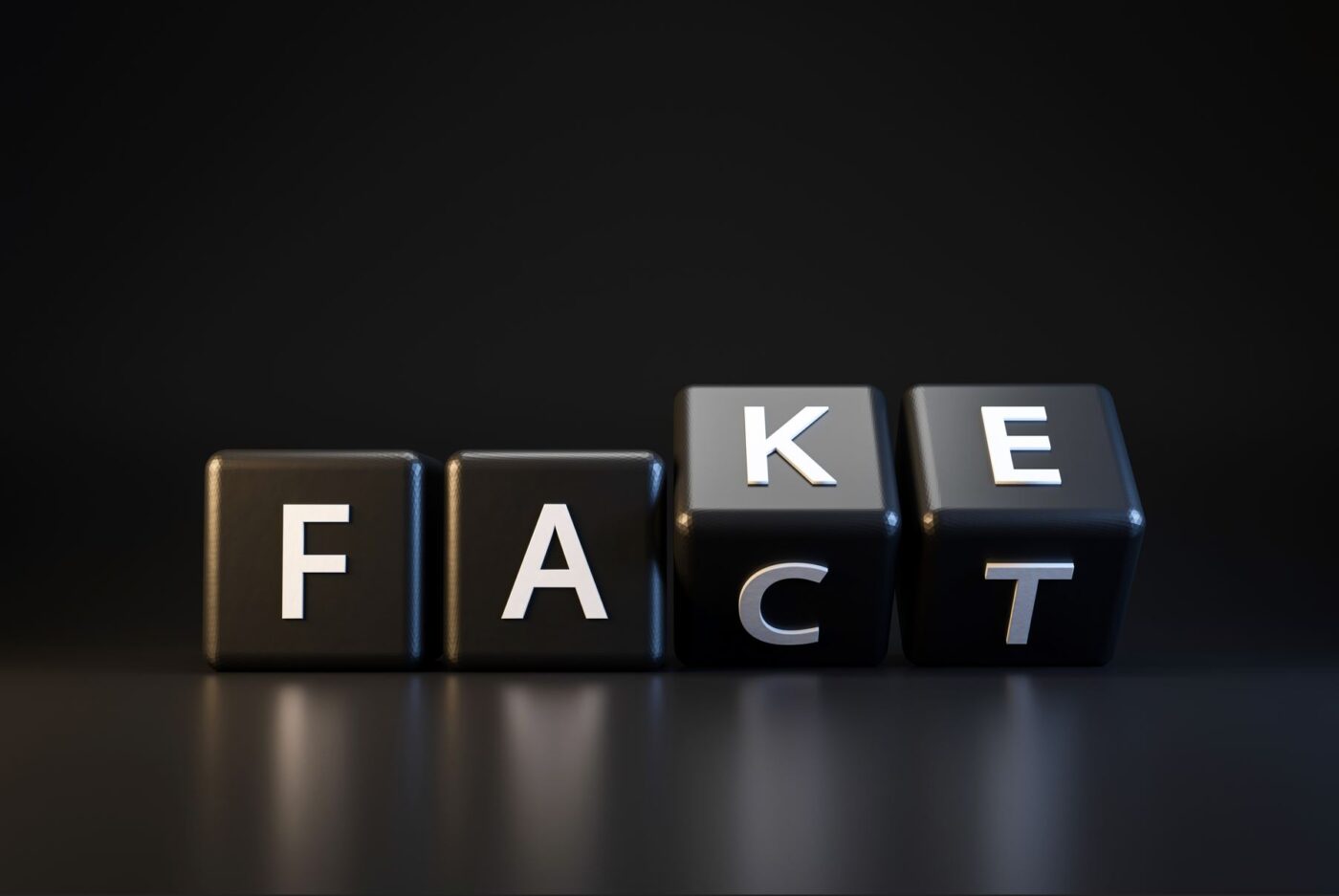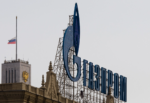The Northern Gateway is a project at the crossroads of politics and business. Even though it will facilitate political goals, it will also have a business impact. The success of the Polish plan depends on the future of the dispute on the role of Gazprom in Central and Eastern Europe. To fully appreciate it, one needs to consider it in both political and business terms – writes Wojciech Jakóbik, editor in chief at BiznesAlert.pl.
A series of seminars on gas cooperation between the Visegrad states organized by the Jagiellonian Club gave me the opportunity to talk to experts from those countries on gas supply security. Even though it is a key issue for Poles from the point of view of the gas sector, our neighbors put more heft on the development of the market and competitive prices. The Northern Gateway project proves that these issues cannot be analyzed separately.
The Polish gas policy comprises a series of endeavors in the natural gas sector whose goal is to attain the state’s economic and foreign policy goals. It is implemented by entities controlled by the Ministry of Energy and the Government Plenipotentiary for Strategic Energy Infrastructure. The Northern Gateway is its flagship project. It says that by 2022 Gaz-System, the Polish gas transmission operator, will expand the capacity of the LNG terminal in Świnoujście from 5 to 7.5 bcm annually and in cooperation with Danish and Norwegian operators will construct the Baltic Pipe gas pipeline, also known as the Norwegian Corridor. The pipe’s capacity will be 10 bcm a year.
This will enable PGNiG, the Polish state-owned gas company responsible for ensuring energy security in the natural gas sector, to freely change its gas contract portfolio, which is currently dominated by an agreement with Russia’s Gazprom. According to PGNiG, this causes financial losses that stem from its partner’s unpredictability. The Polish state institutions are of the opinion that it puts the country at risk of political pressure possible thanks to the dependence of the dominant supplier. PGNiG imports 8-10 bcm of gas a year from Russia. This is 70-100% of the entire import and up to two thirds of the country’s demand. The surplus from the Northern Gate, whose total capacity will be at 17.5 bcm annually will be transmitted to the markets in Central and Eastern Europe (CEE), the Visegrad Group and Ukraine. It will increase the profitability of infrastructure and facilitate the market’s development. While the ultimate goal is to create in Poland a gas hub, which will be a price-determining point of reference.
Poles believe that the project is threatened by Gazprom’s actions which are considered preventative and which will solidify its position on the Central and Eastern European market. This pertains to gas deliveries via the so-called Northern Corridor, i.e. a network of gas pipelines Ukhta Torzhok 1 and 2, Nord Stream 1 and 2 and OPAL and EUGAL. The Ukhta Torzhok-Nord Stream – OPAL route transmits to CEE, to be precise to the Czech Republic market, 17.5 bcm of gas a year. This is half of OPAL’s capacity, which was excluded from EU antimonopoly regulations of the Third Energy Package, which allowed Russia’s Gazprom to use it exclusively. Additionally, the European Commission gave the Russian company consent to use the other 50% of the pipeline’s capacity. PGNiG filed a complaint on the EC decision to the Court of Justice of the European Union, but it remains to be seen how this dispute will end. Poles are concerned that if the EC’s permission is sustained, Gazprom will be able to participate in a bidding for OPAL’s capacity where each year 15-year products are offered and in just one sitting a bidder is able to reserve 100% of capacity for a decade and a half. This would mean that the position of the current monopolist would be reinforced on the basis of a permitted exception and it would be in line with EU regulations, but it would go against the EU diversification policy included in the objectives of the Energy Union. Up to 35 bcm of OPAL’s annual capacity would allow Gazprom to increase deliveries to CEE and thus shrink the selling market for the Northern Gateway, which will facilitate diversification through new sources: LNG and Norwegian gas.
This is the reason why Poles argue that they cannot open new gas connections with their Visegrad Group neighbors – the Czech Republic and Slovakia – before 2022, i.e. before the Northern Gateway is completed. They are afraid that the in-progress components of the Northern Corridor, i.e. Ukhta Torzhok 2, Nord Stream 2 and EUGAL will contribute to strengthening Gazprom’s position on the CEE market. An initial market study by GASCADE said that out of the 54 bcm of EUGAL’s planned capacity, 51 bcm will be used. The gas delivered to the Czech Republic may travel to other markets, to Poland as well. Gaz-System enquired about 11 bcm of gas a year from a reverse flow on the Yamal pipeline from Germany. This had nothing to do with EUGAL, but the Russian press interpreted it as a bid for the pipe’s capacity and reported about it. Such demand may appear regardless of PGNiG, for instance among private consumers who are already using LNG from the Kaliningrad region. Together with critics from other nations, Poles expect that the Nord Stream 2 project will be blocked, which would prevent the above scenario from happening. The issue will be solved in autumn when the European Council will decide whether it will agree to the EC-Russia negotiations on the legal regime for the potential project. There is a number of unknowns here. The negotiations may not be granted a mandate, for instance because of German disapproval, the talks may be a failure because of Russia’s opposition, the proposed deal may be rejected by the European Parliament.
Supporters of a strictly market-based approach to the natural gas sector may state that what the Polish government and PGNiG are doing goes against the competitiveness of the Polish gas market. In their opinion, the Polish company is defending its position threatned by foreign competition. This claim is supposedly confirmed by the Act on mandatory stocks of fossil fuels, which makes every provider keep stock or book storage capacity to secure supply on the Polish market. For smaller providers this solution is too costly and excludes them from trade. Meanwhile, it is PGNiG that mostly trades on the stock exchange using its retail company PGNiG OD. The Polish state-owned provider emphasizes that if new gas sources for CEE are not ensured, the market’s development may be fictitious because it will be propelled by gas from one main producer and only providers will change, which risks the emergence of a price cartel. The market-based approach proponents argue that if the price was the decider, it would be enough to ensure full abidance by EU’s antimonopoly regulations and free gas flow would protect clients from abuses of companies like Gazprom, which were confirmed during the EC’s antitrust investigation. However, the case of OPAL challenges this thesis. Yet another argument is that Gazprom has influence over the proposed EUGAL pipeline, i.e. via the GASCADE company where it has half of the shares, while the other half is owned by Germany’s BASF. It is unknown whether this is in line with ownership unbundling, a rule which is part and parcel of the Third Energy Package. Perhaps this is yet another area where Russians will be granted an exception. If so this would be an important precedent for the remaining European infrastructure in which Gazprom has shares. This means, Poland’s actions are consistent and justified if we believe that the ECC market will be threatened if Russia’s Gazprom solidifies its position, which will happen if Europe agrees to developing the Northern Corridor.
Regardless of whether Europe will increase its dependency on Russia’s gas, or continue the diversification of supply sources, it will most probably be able to enjoy low gas prices because of the increasing supply. However, Gazprom’s ascending position on the market will increase the possibility of abuses, which could be sanctioned only by exceptions to the antitrust law, which has been proved in the above example of OPAL. The Northern Gateway has an obvious political significance because it has potential to limit political dependence caused by reliance on Russian gas in CEE exemplified by the pressure on the administration of Yulia Tymoshenko and Viktor Yanukovych in Ukraine and Alexander Lukashenko in Belarus. All the legal exceptions that benefit Gazprom may cause a situation where the EU antimonopoly law will be powerless against abuses. This is why Poland’s actions should be viewed as measures that protect the market against the diminishing of PGNiG’s position and strengthening Gazprom. If we seriously consider PGNiG’s statutes, which say that its goal is to protect Poland’s energy security, Warsaw’s decisions serve Polish citizens. If the protective umbrella made up of EU regulations is folded, it will be replaced by real diversification enabled by the Northern Gateway.
This is how the Polish project will become a tool to protect the market and, consequently, low gas prices. We should also assume that after the contract with Gazprom ends in 2022, PGNiG will be happy to assume the role of a gas supplier from the Northern Gateway to the Polish market and perhaps the CEE at large. At the same time to complete the construction of a free and liquid gas market in Europe, the Polish company will let the competition in. At that point, the Northern Gateway may fulfill its economic goal by ensuring real diversification and competitive prices from providers other than the dominating Gazprom and on the basis of both new contracts, as well as new sources. Therefore, the thesis that Poland’s plan is purely political cannot be sustained.








